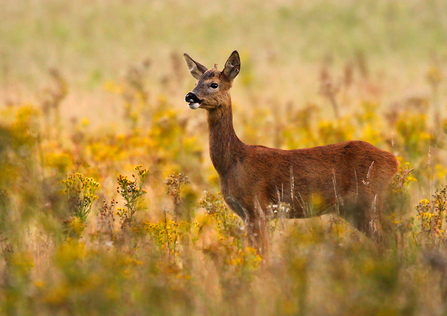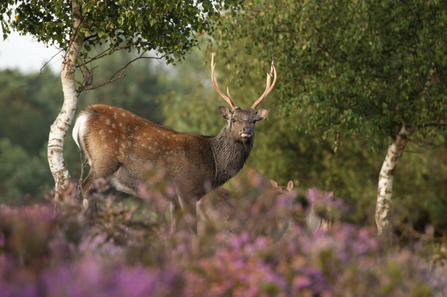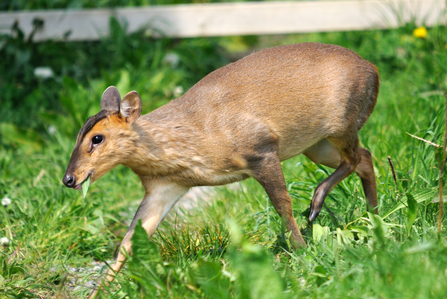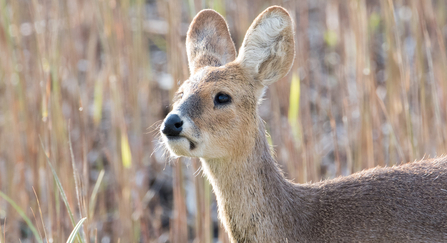These beautiful creatures, often elusive and camouflaged, can appear as fleeting shadows in the forest, disappearing before you catch more than a glimpse. But, if you're patient and still, you may hear the soft crunch of leaves underfoot. For many, there’s nothing like the thrill of spotting a deer, wild and free, as it gracefully leaps into the undergrowth.
The UK is home to six species of deer. Red and roe deer are truly native, fallow was introduced by the Normans, and the other three—sika, muntjac and Chinese water deer—escaped from deer parks in the late 19th and early 20th centuries. Here in Staffordshire you're most likely to see red deer and fallow deer across the Cannock Chase National Landscape area, with muntjac occupying various woodlands around the county and roe predominantly found in the Staffordshire Moorlands.





